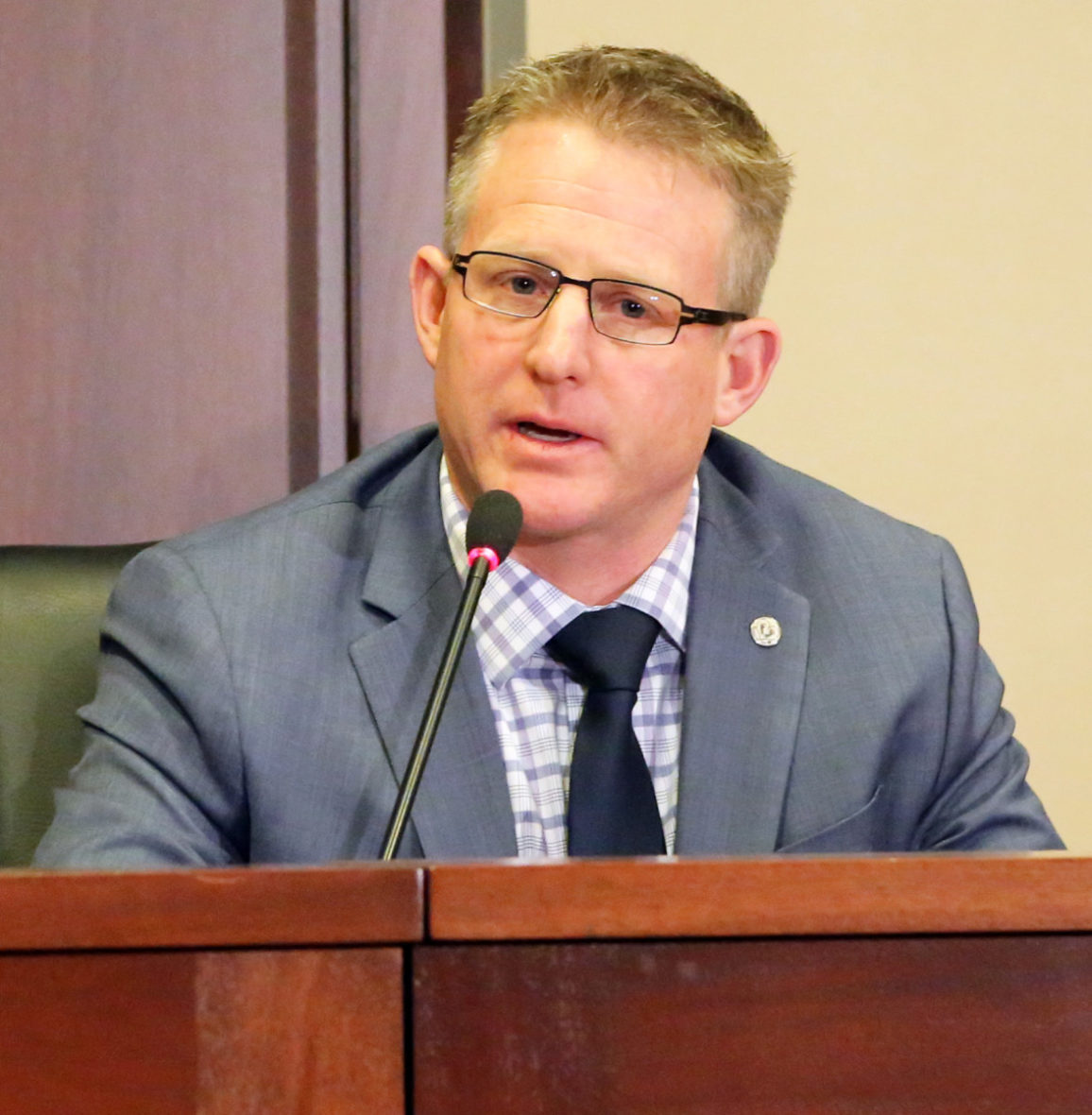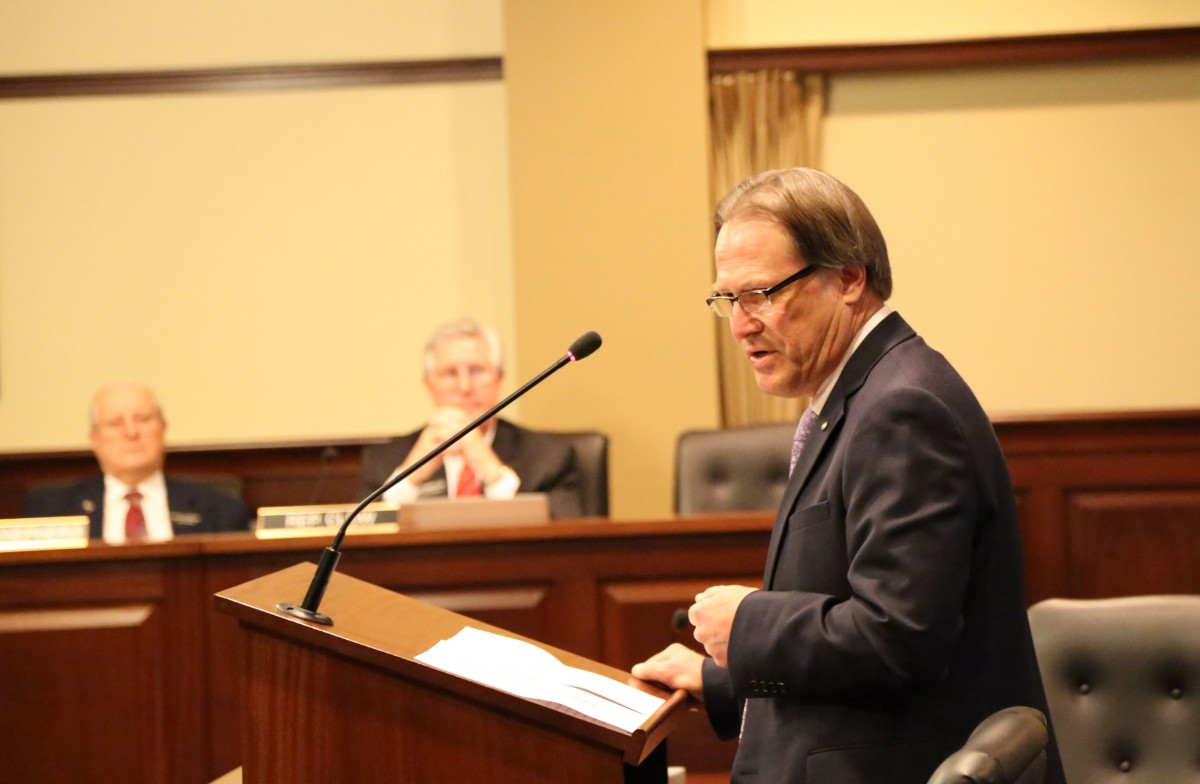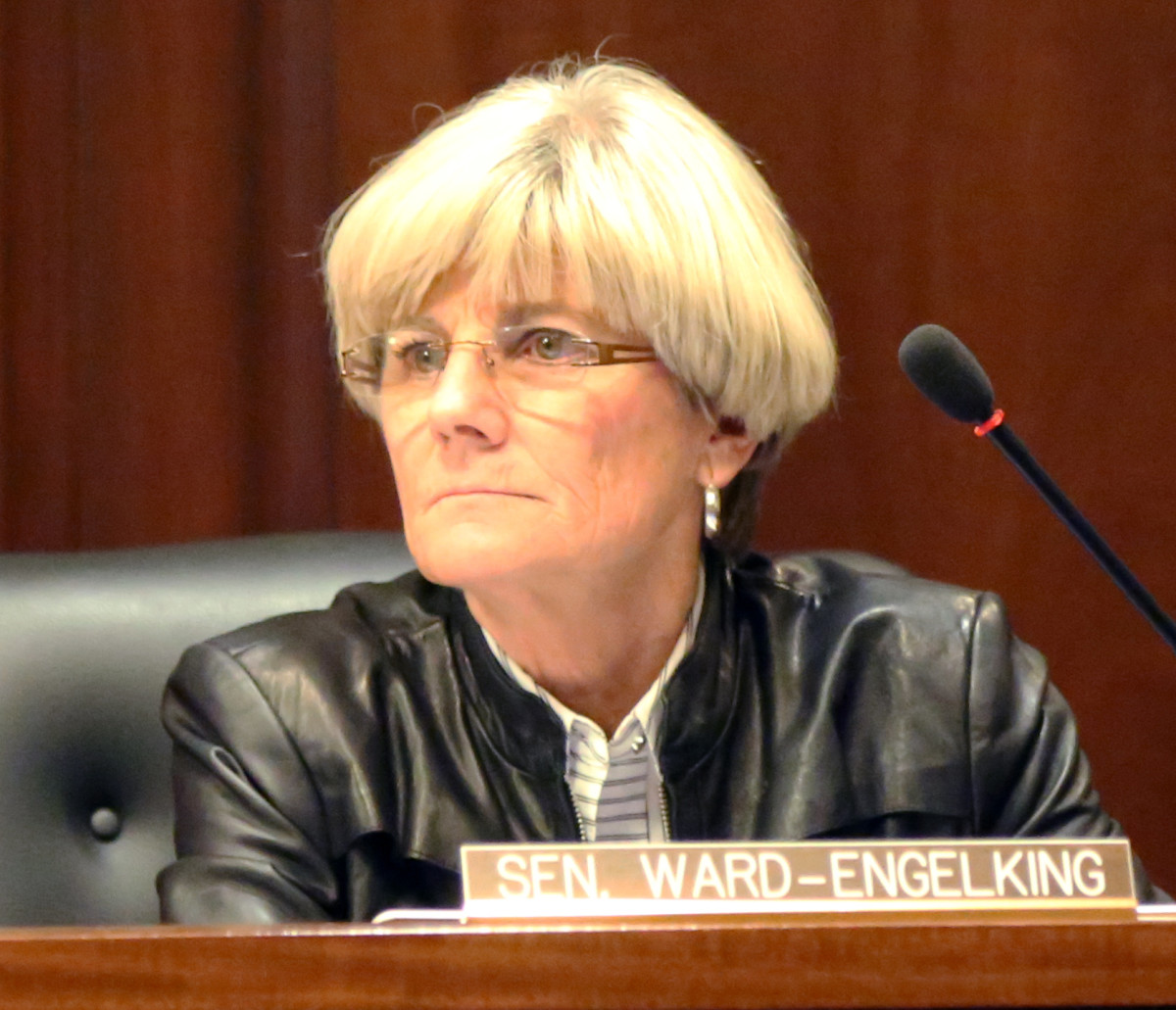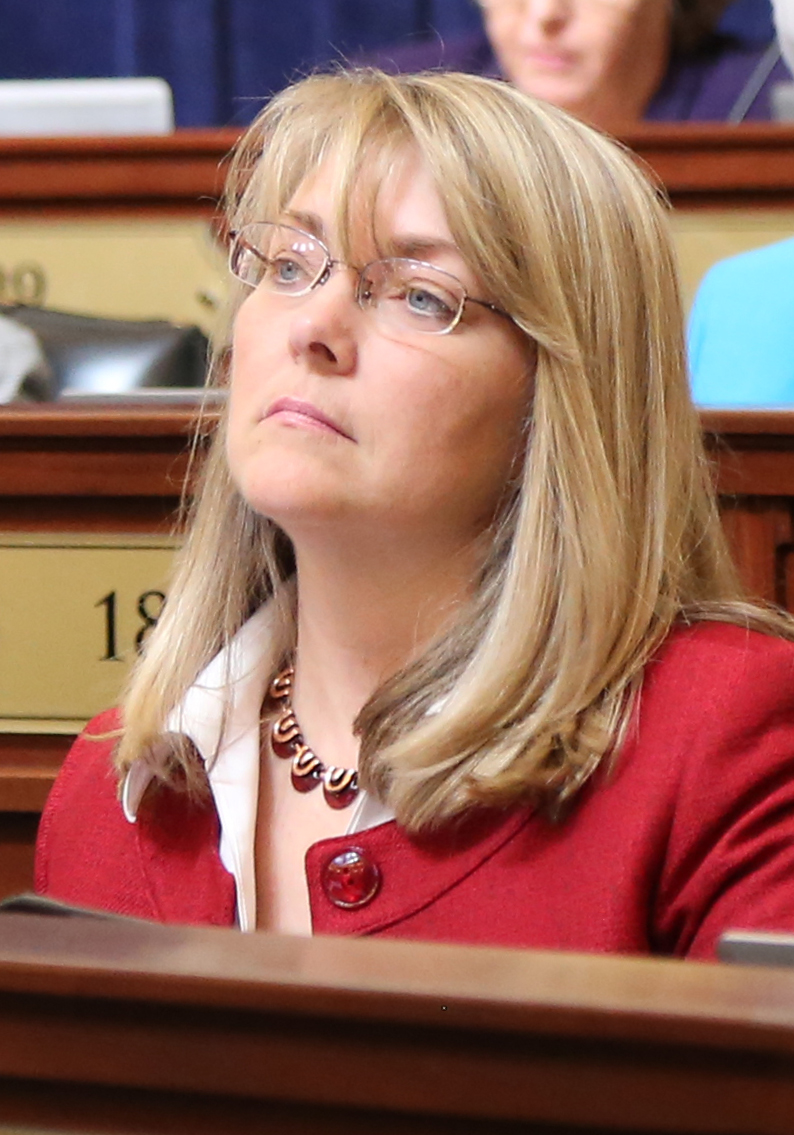Idaho’s average teacher salary has increased by slightly more than 5 percent since 2015, when the state adopted a five-year plan to boost pay.
Like many averages, this number tells only part of the story.
In 26 districts and charters across Idaho, average salaries increased by more than 10 percent. In 19 districts and charters, the average actually decreased — which happens when experienced teachers retire or resign, and entry-level teachers take their place.
And as legislators consider putting another $62 million into its teacher career ladder initiative, district policies are also all over the spectrum.

Some administrators have eagerly embraced the new salary schedule — and Madison School District Superintendent Geoffrey Thomas says the career ladder has provided his staff with some much-needed hope for the future. Other districts have been unwilling or unable to adopt the career ladder’s guidelines, putting the influx of state dollars into their old salary schedules.
Where things stand
After two years, and a $75 million infusion of new state money, Idaho’s average teacher salary now stands at $46,439. In 2014-15 — before the career ladder law went into effect — that average was $44,205.
Using State Department of Education data, Idaho Education News further analyzed salary trends across the state. (Click here to download our table and see how your school district or charter school stacks up.)
Salaries still vary widely across the state. In the affluent Blaine County School District, the average salary is $71,669. In 20 districts and charters, the average salary lags below $40,000.
Salaries skew higher in Idaho’s border districts, where teachers can often pocket a considerable pay raise simply by taking a job across the state line. In an attempt to offset this exodus, districts can and often do use local dollars to augment the state dollars they receive for teacher salaries.
Blaine County, McCall-Donnelly and Boise remain three of Idaho’s highest-paying districts. All three districts have unusual property taxing authority, which allows them to collect millions of dollars annually, and in perpetuity.
The stakes this year
When they signed onto the career ladder in 2015, Idaho lawmakers knew they were making a five-year commitment to boost teacher pay. The plan now carries a $250 million cost.
Lawmakers also knew, because of the structure of the law, that the third installment would be a costly balloon payment of sorts.
This year’s price tag stands at $62 million, nearly as much as the first two payments combined.
The state’s political leaders appear undeterred by the cost. In his Jan. 9 State of the State address, Gov. Butch Otter called the career ladder a key in “attracting and retaining more of the best and brightest educators available.” Key legislators also remain on board for year three.

But since the pay raises are tied in part to teacher evaluations, these same political leaders are frustrated by ongoing problems in the evaluations process. Otter wants $2.5 million to train administrators who conduct evaluations. House Speaker Scott Bedke doesn’t consider this problem insurmountable, but he wants to see a “robust accountability component,” and now.
“If that is not up and in place, then the career ladder has a problem,” Bedke, R-Oakley, said earlier this month.
But is the career ladder living up to Otter’s rhetoric — and is it helping schools recruit and retain teachers?
It’s probably too early to know.
The recruiting question
For years, Eastern Idaho districts have lost teachers to better-paying jobs in neighboring and oil- and natural gas-rich Wyoming.
But Idaho Falls district Superintendent George Boland sees signs of a reversal. Idaho Falls adopted the career ladder in 2016, and managed to recruit some recent graduates from the University of Wyoming. “We haven’t been able to do that for quite a while.”
The career ladder is structured to help superintendents such as Boland hire recent graduates. The frontloaded pay raises are designed to help young teachers move up the salary scale more quickly. Increases in the minimum salary are also geared to help attract entry-level teachers.
The starting salary now sits at $33,400 — up from the pre-career ladder minimum of $31,750. These increases are significant in a district such as Nampa, where about a third of the faculty earns the minimum salary. Even though the district hasn’t adopted the career ladder, it has been able to bump up starting pay, Superintendent David Peterson said.
Still, districts face short- and long-term recruiting challenges.
The growing Twin Falls School District used to have trouble only with hard-to-fill vacancies in special education, math and science. Now, the district has trouble finding elementary school teachers. If administrators have to hire new teachers in the summer, in response to unexpected enrollment growth, they’re probably going to be out of luck. “We still are experiencing a tremendous teacher shortage,” Superintendent Wiley Dobbs said.
Idaho’s career ladder doesn’t change a simple nationwide reality. “There just aren’t (enough) graduates coming out of college,” said Scott Woolstenhulme, the Bonneville School District’s assistant superintendent.

As Idaho schools compete in a tight labor market, legislative Democrats think the Legislature needs to do more to help. On Wednesday, they unveiled a student loan forgiveness bill for teachers who take jobs in high-poverty, low-performing rural schools.
“The career ladder is not going to fix the recruitment issue,” said House Minority Leader Mat Erpelding, D-Boise.
The retention question
Teacher retention isn’t a new challenge in Madison, another eastern Idaho district near the Wyoming border. For Thomas, the day of reckoning came when he started losing teachers to Utah, which perennially sits next to Idaho at the bottom of national rankings in per-pupil spending.
But now, with the career ladder, teachers have some new-found optimism. “We’ve stemmed the bleeding, and there’s hope,” Thomas said.
Not that Thomas and other administrators are devoid of competition. And not just out-of-state competition. Madison loses teachers to jobs at Rexburg’s rapidly growing BYU-Idaho. Bonneville typically loses teachers to better-paying jobs at the Idaho Falls district, Bonneville Superintendent Chuck Shackett said. Special education teachers, already in high demand, have unique skills that are attractive to the private sector, Peterson said.
Some of the retention issues circle back to the structure of the career ladder. With most money loaded into the starting end of the salary scale, the career ladder doesn’t do much to provide raises for veteran teachers. The career ladder maxes out salaries at $50,000 — although districts and charters can and often do pay more. Twenty-six districts and charters provide an average salary above $50,000.
That list includes Coeur d’Alene, with an average salary of $51,468. Coeur d’Alene has been reluctant to adopt the career ladder schedule, Superintendent Matthew Handelman said, because the district isn’t sure it would have enough money to boost starting pay and provide raises to veteran teachers.

That list also includes Boise, with its average salary of $54,140. The money from the career ladder has been a “boon” to the district, Superintendent Don Coberly said, but Boise has not adopted the career ladder’s salary schedule.
“We want people to be in the education profession and teaching for 20, 30 years.”
The $62 million question
Sen. Janie Ward-Engelking, a Boise Democrat and retired teacher, recognizes that the career ladder has its limitations. She understands that the idea was to help schools fill vacancies in the face of a teacher shortage. But she worries that Idaho runs the risk of “training teachers for other states.”

As a member of the Senate Education Committee and the budget-writing Joint Finance-Appropriations Committee, Ward-Engelking will have some say over the future of the career ladder. Like many of her colleagues, she was in the Legislature in 2015 when the career ladder passed — and she wants lawmakers to make good on their five-year commitment.
Rep. Wendy Horman expects lawmakers to honor their commitment. And as a JFAC member and architect of public school spending bills for the past two years, Horman will likely have a big say in what this year’s budget looks like.

Horman, R-Idaho Falls, is optimistic. She understands why it’s difficult to collect hard data on teacher recruiting and retention, two years into the process. But she still has questions, as lawmakers face a $62 million decision.
“It’s fair to ask where we are right now,” Horman said. “At some point the five years is going to end.”
Idaho Education News data analyst Randy Schrader contributed to this report.
Get caught up: Here’s our in-depth reporting on Idaho teacher salaries in 2015 and 2016.
